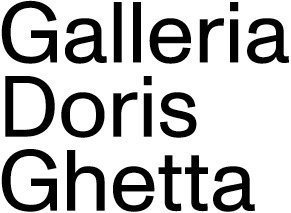Existential Dualism is a series of 14 photographs of animal subjects and forms found in urban contexts, taken between 2019 and 2023 in places where I have lived, Italy, Holland, Austria and Slovakia. The images stem from a desire to experience a dichotomy, the physical proximity between two normally distinct or opposing entities: freedom and captivity. The photographs include two elements, an inhabitant and an inhabited space, linked by an omnipresent thread that is their relationship of interdependence.
The images connect, as well, to five sentences that reflect on the presented scenario: 1. The living body that becomes labor power for other living bodies; 2. The living body that performs and entertains the eye of those who watch it out of curiosity or simply out of boredom; 3. The living or dead body that becomes a symbol, and the symbol that becomes a living or dead body; 4. The dead body that becomes an object of veneration and celebration for the living body that observes it; 5. The living body that returns the gaze to another living body, and a moment of encounter happens there.
A dog, a cow, an elephant, a seal, a manta ray, a snake, a mouse, a parrot, an iguana, a giraffe, are living beings but they are also bodies with roles as objects, icons, machines, helpers, performers at the service of the eye of the beholder. Thus, a hunting ground, a farm, a stable, a zoo, a natural science museum, a street, a university room, a parrot shop, become places where I take over the capture of a power-role game between container and content, and where I also participate in this scheme as a guest observer. I photograph, look at the result and ask myself "What kind of space is this? What is the subject doing here? When the subject and I look at each other, does anything change?”. I am attracted to animals in all their forms but when I look at the autonomous ones, the ones far from humans, the wild ones, I still have nothing to ask or tell myself. It is in the animal that lives the urban everyday, that is close to me as a citizen, the domesticated animal, that I feel tension and find space for research. The study of the animal experience in civilized society leads me to an idea of nature as a hybrid of contrasts and diversity, of tensions between the controlled and the spontaneous, the familiar and the unfamiliar, an idea of nature that is apparently indefinite, but which is actually more and more established, daily and known, because it is experienced by everyone.
Growing up on one continent but being born on another reinforces this and stimulates my critical thinking to explore or imagine a redefinition of 'natural'. The experience of this series is one of merging with the different guises of animals in contexts and surrendering to such visions in order to exist silently and simply with them, in them, for a while. In this way, the texts in the exhibition are both captions and further photographs that invite the viewer to pause for a moment, to perceive the scenario of the animal experience and perhaps to participate in it. These and other dialogues form the basis of my visual research on the relationship between wild and domestic, human and animal, which I explore through the eye and the word.
Elisa Cappellari




